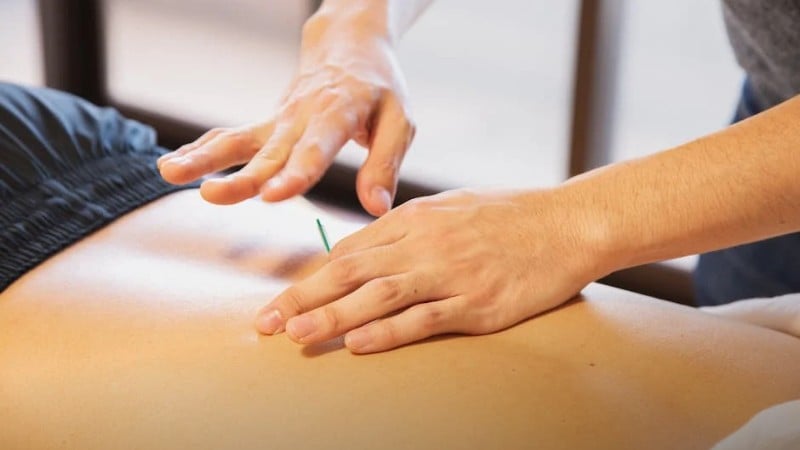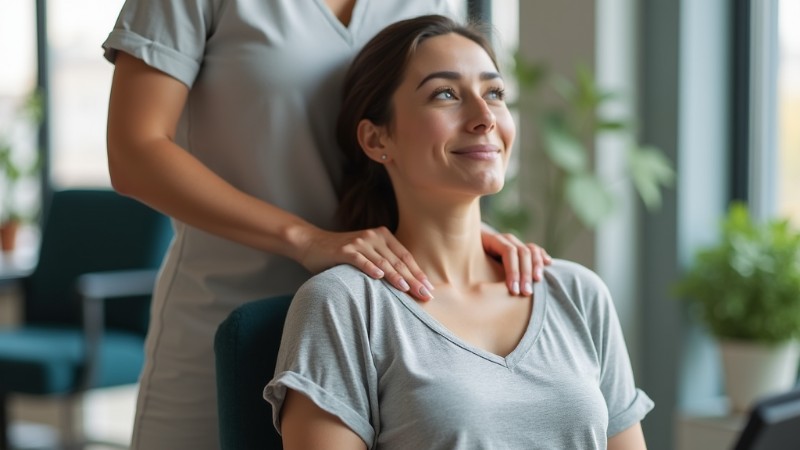The senior health and wellness field is full of therapeutic practices that aim to improve physical and mental well-being.
Many of these approaches emphasize the mind-body connection, offering gentle, non-invasive methods to relieve physical discomfort, reduce stress, and promote emotional balance.
As interest in complementary treatments grows, more older adults are seeking alternatives to traditional medicine and exploring new ways to enhance their overall quality of life.
Key Takeaways
Art therapy and massage are explored as complementary treatments that improve both physical and mental well-being for seniors.
- Art therapy reduces stress levels and improves cognitive functions, lowering depression rates among older adults.
- Massage therapy provides significant pain relief for arthritis and enhances circulation, making daily activities more manageable.
- Combining art therapy with massage creates a holistic approach to senior health that addresses both physical discomforts and mental well-being.
Alternative therapies for seniors
These options provide unique ways to address common ailments associated with aging, bringing significant benefits to the older generation.
Art therapy for mental health
For older adults grappling with mental health challenges like depression or anxiety, art therapy can be particularly beneficial. Engaging in creative activities such as painting and drawing provides a constructive outlet for expressing emotions and feelings.
Research shows that art therapy reduces stress levels and improves cognitive functions. By stimulating the brain through artistic expression, seniors can maintain mental acuity.
According to a study published by Senior Friendship Centers, older individuals who participate in regular art sessions experience lower depression rates and increased positivity.
Massage for seniors
On the other hand, massage therapy provides physical relief for common conditions such as arthritis.
A study from Duke Health found that patients with knee osteoarthritis experienced significant pain reduction after undergoing weekly massages for two months.
Swedish massage, known for its long gliding strokes and gentle kneading motions, helps warm up muscles and joints, easing stiffness and promoting relaxation. This technique is particularly effective in reducing inflammation associated with arthritis. Regular massage sessions offer immediate relief and improve mobility over time.
Another advantage of massage therapy is its ability to enhance circulation and relieve muscle tension. Swedish massage can serve as a natural remedy for elderly individuals struggling with poor blood flow.
By promoting better blood circulation, it helps warm up cold hands and feet while reducing overall discomfort.
Moreover, specialized techniques like myofascial release target tight connective tissues surrounding muscles. This approach improves flexibility and reduces chronic stiffness, making everyday activities more manageable for seniors.
Reflexology, which involves pressing certain spots on the feet believed to be linked to various parts and functions inside the body, contributes to overall health improvement. Activating precise pressure points enhances blood flow and promotes a sense of well-being.
The power of combined therapies
Both art therapy and massage work synergistically within a comprehensive wellness strategy tailored specifically for senior citizens.
While creative activities offer emotional and cognitive support by helping individuals express themselves and manage stress, massage focuses on alleviating physical discomforts such as arthritis pain and muscle tightness.
Combining these two practices in a regular routine can substantially enhance senior citizens’ quality of life. These methods serve as secure and efficient substitutes for traditional medicinal approaches, ensuring that older adults benefit from their healing properties without facing potential negative consequences.
A holistic approach
During art sessions, seniors engage with each other, creating a community that enhances social bonds and reinforces mutual understanding and acceptance.
Meanwhile, the setting for massages is usually calming and inviting, enabling older adults to fully relax and benefit from personalized care that caters to their specific requirements.
When used together, these approaches create an integrated strategy that addresses various aspects of health, contributing to the overall wellness of older individuals.
As ongoing research continues to underscore the advantages of art and massage, it becomes increasingly clear that integrating these practices into senior health programs is a prudent decision.
Through their ability to alleviate physical pain while also nurturing mental health, these non-invasive methods significantly enhance the overall quality of life for those in their later years.















